A word on... lighting performance standards

Stuart Burns, Senior Sustainability & Technical Policy Manager at The Lighting Industry Association (The LIA), explains what the 10th Edition of IEC 60598-1 means for the lighting industry.
Standards have long been the cornerstone of product compliance within the electrotechnical industry, ensuring safety, quality and reliability. Among these, IEC 60598-1 has held a pivotal role for lighting products since its introduction in 1979. This standard specifies general requirements for luminaires, including tests to verify their safety and performance, making it one of the most widely used standards in the electrical sector.
In December 2024, the 10th Edition of IEC 60598-1 was published, marking the most comprehensive review since the standard’s inception. This milestone introduces significant changes, including new clause numbers, updated annex references and numerous technical advancements. Here’s an overview of what this landmark edition entails and its implications for manufacturers, test laboratories and other stakeholders.
Alignment with new IEC drafting rules
For years, IEC 60598-1 had avoided changes stemming from evolving IEC rules for drafting standards. However, the 2024 edition aligns with these new rules, resulting in a revised structure. Manufacturers and test labs must now familiarise themselves with the updated layout and revise their documentation to reflect the new clause references.
Key technical updates
The 10th Edition introduces a range of technical modifications to address modern lighting technologies and safety requirements. Notable changes include:
• Surge protection requirements: Enhanced specifications to improve
the robustness of luminaires against electrical surges.
• New terminology: Definitions added for terms such as Active Part, Current Carrying Part, Live Part and Hazardous Live Part, ensuring clarity and consistency.
• Conductor mechanical stress tests: Updated methods to ensure greater reliability in various operating conditions.
• Battery luminaires and magnetic suspension methods: Inclusion of these categories for the first time, reflecting advancements in lighting design and application.
• SELV circuit insulation: Revised requirements to ensure the safety of extra-low voltage circuits.
• Serviceable and replaceable components: New criteria for components that require maintenance or replacement.
• Photobiological safety: Integration of photobiological safety requirements directly into the base standard, marking a significant step forward in addressing light-induced health risks.
Navigating the changes: Annexes O and V
To assist stakeholders in navigating the extensive updates, the standard includes two new annexes:
• Annex O: Provides a schedule of critical tests, offering guidance on additional testing requirements during re-certification projects.
• Annex V: Explains cross-referencing between the 9th and 10th Editions, simplifying the transition for users of both versions and related Part 2 standards.
These annexes are invaluable tools for ensuring a smooth adoption of the new standard, particularly given the scope and depth of the changes.
Collaborative development
The 10th Edition is the result of rigorous discussions and meticulous work by IEC TC34/ SC34D/WG1 and the editing group SC34D/EG3. IEC is a multinational organisation with contributors coming from all over the world, however key UK contributions came from the following experts:
• Andy Hughes, Zumtobel Group
• Lawrence Barling, The LIA
• Krish Govinden, formerly of The LIA, now with OPSS (Office for Product Safety and Standards, Department for Business and Trade)
• Stuart Burns, The LIA
Their expertise and dedication have ensured that the updated standard addresses both current and future needs of the lighting industry.
Preparing for the transition
For manufacturers, test labs and certification bodies, the 10th Edition represents a significant shift. Updating internal processes, training personnel and revising technical documentation are essential steps for compliance. The inclusion of tools like Annexes O and V will help streamline this process, but early adoption and proactive engagement with the new standard will be key to a successful transition.
Conclusion
The 10th Edition of IEC 60598-1 is more than just an update; it’s a reflection of the evolving landscape of lighting technology and safety. By embracing these changes, the industry can continue to deliver innovative, safe and compliant lighting solutions for years to come.







